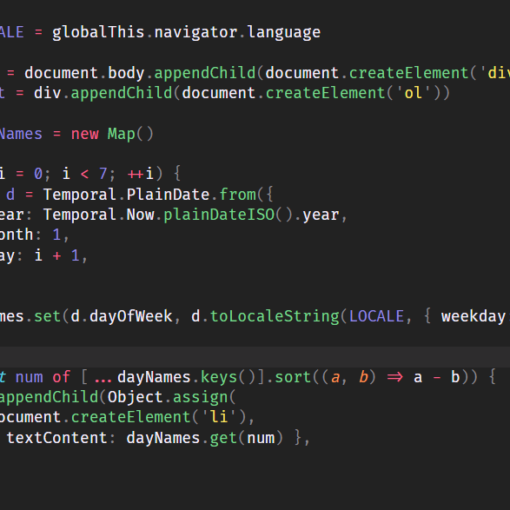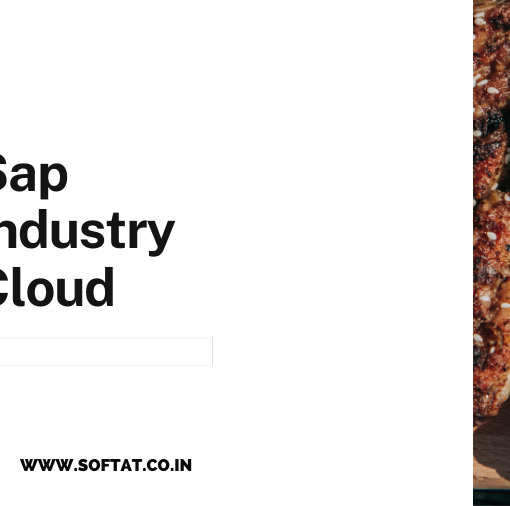Understanding Data Migration: Processes, Challenges, and Best Practices
Information relocation is a basic interaction for organizations and associations going through innovative changes. Whether it’s moving information from heritage frameworks to present day stages, progressing to cloud-based arrangements, or uniting different information sources, information relocation assumes a crucial part in guaranteeing consistent tasks and long haul achievement.
What Is Data Migration?
Information movement alludes to the method involved with moving information between various capacity frameworks, arrangements, or conditions. It is a critical piece of framework executions, updates, or decommissioning heritage frameworks.

- Sorts of Information Movement:
- Capacity Movement: Moving information starting with one capacity medium then onto the next, for example, from on-premises servers to distributed storage.
- Data set Movement: Moving information between various data set frameworks or forms.
- Application Relocation: Moving applications and their related information starting with one stage then onto the next.
- Cloud Movement: Changing information and jobs to cloud conditions like AWS, Google Cloud, or Sky blue.
- Business Interaction Relocation: Realigning information while progressing starting with one business framework then onto the next, like ERP or CRM stages.
Why Is Data Migration Important?
Information relocation is fundamental for associations to stay cutthroat, further develop proficiency, and influence current advancements. Key reasons include:
- Modernization: Moving up to further developed frameworks further develops execution, versatility, and capacities.
- Cost Proficiency: Relocating to cloud-based or streamlined frameworks diminishes costs related with keeping up with heritage frameworks.
- Information Union: Incorporating information sources gives better experiences, direction, and revealing capacities.
- Administrative Consistence: Fulfilling industry guidelines frequently requires further developed information the board, which includes movement.
- Consolidations and Acquisitions: Joining information from various associations requires productive relocation methodologies.
Challenges in Data Migration
Notwithstanding its significance, information relocation is a mind boggling process full of difficulties:
- Information Misfortune or Defilement
Wretched relocations can bring about lost or tainted information. It is critical to Guarantee information respectability. - Free time
Relocating enormous volumes of information might require framework personal time, influencing business tasks. - Similarity Issues
Contrasts in information arrangements, designs, or framework structures can cause contradiction during movement. - Cost Invades
Unforeseen difficulties can prompt inflated costs for assets, instruments, and work. - Information Security
Moving delicate information opens it to likely breaks in the event that not dealt with safely. - Protection from Change
Representatives acclimated with inheritance frameworks might oppose taking on new stages. - Adaptability Concerns
Future information development should be represented while choosing objective frameworks.
The Data Migration Process
A very much organized approach guarantees the progress of an information relocation project. The cycle normally includes:
- Arranging
Characterize the extension, targets, and course of events.
Recognize the information to be relocated and the objective framework.
Evaluate chances and foster moderation procedures. - Information Appraisal
Break down the quality, construction, and volume of existing information.
Clean and approve information to eliminate copies, blunders, or unessential passages. - Planning and Change
Make a planning intend to adjust source information to the objective framework.
Use change devices to change information configurations or designs depending on the situation. - Movement System
Pick the proper technique:
Huge explosion Relocation: All information is moved on the double. Reasonable for more modest datasets or non-basic activities.
Stream Relocation: Information is moved steadily over the long haul. This lessens risk and limits personal time.
- Testing
Lead pilot relocations to recognize possible issues.
Approve that information respectability, execution, and usefulness meet necessities. - Execution
Play out the movement as indicated by the methodology.
Screen progress and address any issues continuously. - Post-Movement Approval
Check information precision and consistency in the objective framework.
Guarantee all applications and cycles capability true to form. - Documentation and Preparing
Report the cycle for future reference.
Train clients on the new framework to work with reception.
Best Practices for Successful Data Migration
- Characterize Clear Objectives
Lay out unambiguous goals for the movement to adjust endeavors and measure achievement. - Put resources into the Right Apparatuses
Use information relocation apparatuses that help robotization, adaptability, and mistake dealing with, for example,
- AWS Data set Relocation Administration
- Sky blue Information Processing plant
- Informatica PowerCenter
- Guarantee Information Quality
Perform intensive information cleaning and approval to forestall blunders or irregularities. - Reinforcement Information
Continuously make a reinforcement of the source information prior to beginning the movement cycle. - Work together Across Groups
Include IT, specialty units, and partners to guarantee all necessities are tended to. - Center around Security
Encode touchy information during travel and utilize secure conventions for move. - Test Widely
Direct different tests to distinguish and determine issues before full-scale relocation. - Screen Execution
Constantly screen the movement to identify bottlenecks or blunders progressively. - Plan for Free time
Plan relocations during low-use periods to limit disturbance. - Give Preparing
Furnish end-clients with the information expected to work successfully with the new framework.
Emerging Trends in Data Migration
- Cloud Reception: Associations progressively relocate information to cloud stages for adaptability and cost effectiveness.
- Simulated intelligence and AI: High level calculations smooth out information planning, change, and quality checks.
- Cross breed Conditions: Overseeing information movement across on-premises and cloud frameworks is turning into a typical practice.
- Constant Movement: Apparatuses that help continuous synchronization and relocation are acquiring ubiquity.
Conclusion
Data migration is a complex but essential process that enables businesses to stay competitive and efficient in a rapidly evolving technological landscape. By understanding the challenges, following a structured process, and adhering to best practices, organizations can minimize risks and ensure a successful transition.
Whether you’re moving to the cloud, upgrading systems, or consolidating data sources, careful planning and execution will pave the way for long-term success.
Have you recently undertaken a data migration project? Share your experiences and lessons learned in the comments below!
You may be interested in:
A Deep Dive into SAP API Management
Integration cloud system to HANA Cloud Platform using Cloud Connector





